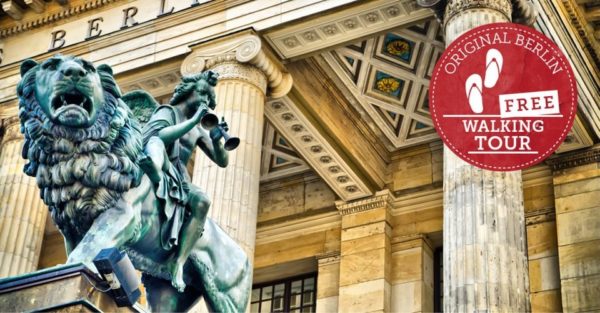Introduction
Welcome to fascinating Berlin – The city full of history and unheard stories just around the corner. Here in the walking guide, we will tell you a story of East Berlin and show the most interesting places associated with the life of the USSR. Prepare yourself for an enchanting rollcall of history, architecture, and off the beaten track spots that are worth a visit.
The Wall: A Symbol of Divided Germany
Starting the walking tour at the Berlin Wall is an ideal way to get acquainted with the main symbol of the city and the division between East and West. Apparently, the wall, 155 kilometers long, was built for nearly thirty years and physically separated Berlin people as well as became the unspoken barrier between the East and the West: the world of communism and the world of free market. The building is no longer standing but today it is possible to see only the fragments of the wall painted with slogans that weigh a lot of historical experience it and which reflect the pain of people who lived under the socialist regime.
Checkpoint Charlie: A Border Crossed
Next point of interest on your walk is Checkpoint Charlie, the best known border crossing between East and West in the time of Cold War. This checkpoint was reserved for only diplomats, soldiers, and now and then a civilian lucky enough to be allowed through the checkpoint. Today it is a tourist site, which has all the replicas of the guardhouse and the signs separating the two worlds.
Palast der Republik: A Socialist Landmark
Located near the River Spree, Palast der Republik is a building that served once as the provisional seat of the Provisional Parliament and the target of the 1945 bombing raids. Its design and the colour of the copper bearing façade made the building a symbol of GDR – German Democratic Republic. While the actual palace was knocked down after the reunification of Germany, the site is historically important for the East Berlin. Take a walk and feel the nostalgic feelings of this former socialist city landmark.
Karl-Marx-Allee: The Boulevard of Socialism
After your visit of the Palast der Republik walk to the famous Karl-Marx-Allee. Formerly known as Stalinallee, this large street was a piece of typical socialist-realist architecture, with spectacular blocks of flats, statues, and mosaics along the street. Now it is time to combine admiration of stylistic developments of the turn of the century with understanding of such concepts as town-planning which affected the creation of this magnificent avenue.
Museumsinsel: Art and Culture at its Finest
Any tour of East Berlin wouldn’t be complete without a walk through Museumsinsel, an island in the city’s center that is home to some of the world’s great museums. Your cultural tour should start in the Altes Museum where you can find graphic records of art and history of different cultures. Admire the elegance of the Neues Museum which houses the world famous bust of Neffertrite. Get to know the East German history and experience exemplary everyday life in the DDR at DDR museum facility.
East Side Gallery: Street Art on the Wall
The last point of interest of this walking tour is the East Side Gallery, an open-air gallery, located on the last remaining section of the Berlin Wall. Check out beautiful murals made in different countries since this is one of the most attractive and favorite places of those who traveling and want to show their vision of freedom, people’s unity, and political opinions. This overly bright manifestation of the artistic message only emphasizes the importance of the wall and its relevance to today’s world.
Conclusion
Experience the tastes of this rather versatile history by wandering along the streets of East Berlin. According to this guide, you have only discovered a tip of the iceberg that is out there in this fast growing city. And once again let me remind you history is not a set of facts in the books: they are in the rooms, in the lanes, in the eyes of people who have witnessed it. So gather your walking-shoes and go walking into the past – East Berlin is waiting for you.
Table of Contents

